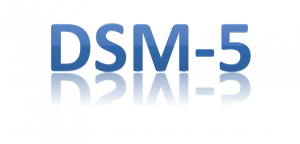Diagnosing Everyone
 “When does a broken heart become a diagnosis?” asked the New York Times in a front-page article in January, reporting on a controversy over a proposed change to the fifth edition of the American Psychiatric Association’s Diagnostic and Statistical Manual of Mental Disorders, to be published next year.
“When does a broken heart become a diagnosis?” asked the New York Times in a front-page article in January, reporting on a controversy over a proposed change to the fifth edition of the American Psychiatric Association’s Diagnostic and Statistical Manual of Mental Disorders, to be published next year.
A prominent psychiatrist had argued that the categorization of depressive disorders should include symptoms of sadness after the loss of a loved one even after just a few weeks. While the DSM taskforce rejected the proposal, controversies such these are becoming more common as diagnostic categories have come to encompass less severe symptoms and normal “problems in living.”
Likely to appear in DSM-5 is a new depression diagnosis called “Mixed Anxiety/Depression,” combining symptoms of anxiety and depression, and “Pre-menstrual Dysphoric Disorder” (PMDD), which includes the monthly symptoms like fatigue, sadness, and bloating that most women experience.
Who really benefits from these expanded diagnostic criteria? In their 2007 book The Loss of Sadness, sociologist Allan Horwitz of Rutgers University and co-author Jerry Wakefield suggested that depressive disorder increasingly encompasses “normal sadness.” Horwitz warns that the trend of expanding diagnostic criteria is “creating a massive amount of pathology without [offering] corresponding benefits to those who truly need treatment.”
Though patients who could not afford, or would not have been offered, treatment may receive it, as less severe problems become part of disorder categories and are potentially covered by health insurance, psychiatrists and other mental health professionals will be able to treat more people than ever before.
Psychiatry will reap the rewards as the field claims more authority over everyday problems. As those with less severe symptoms will be targeted for new and existing medications, pharmaceutical companies will certainly gain. Antidepressants are already the most prescribed drugs in the US; their use may expand even more.
